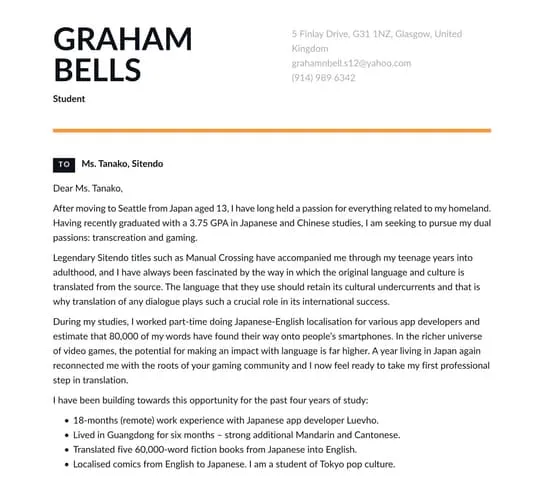What is a Cover Letter and Why Is It Important?
A cover letter is a document you send with your resume (CV) to a potential employer. It serves as an introduction, allowing you to elaborate on your qualifications, skills, and experience while expressing your interest in a specific job. Unlike a resume, which provides a factual summary, a cover letter lets you tell your story and demonstrate why you’re the perfect fit for the role. It’s your chance to make a strong first impression and convince the hiring manager to read your CV.
The Purpose of a Cover Letter
The primary purpose of a cover letter is to persuade the hiring manager to consider your application. It’s not just a formality; it’s an opportunity to showcase your personality, passion, and unique value proposition. A well-written cover letter can highlight your key achievements, explain any gaps in your employment history, and demonstrate your understanding of the company and the specific job requirements. It complements your CV by providing context and depth to your application.
The Importance of a Cover Letter with CV

In today’s competitive job market, a cover letter is crucial. Many employers consider it a mandatory part of the application process. A strong cover letter can set you apart from other candidates, especially if you’re applying for a competitive position. It shows that you’ve taken the time to tailor your application to the specific job, demonstrating your genuine interest and attention to detail. It also helps you to show that you are the right candidate for the role and the company.
Key Components of a Winning Cover Letter
A winning cover letter is well-structured, concise, and tailored to the specific job. It should include a clear header, a compelling opening paragraph, well-developed body paragraphs highlighting relevant skills and experience, and a strong closing paragraph with a call to action. Each section plays a crucial role in conveying your qualifications and enthusiasm to the employer. Let’s delve deeper into these key components to see how to craft a cover letter that grabs attention.
Header Section of a Cover Letter
The header section sets the professional tone for your cover letter. It includes your contact information, the date, and the recipient’s information. Ensure your contact details (name, phone number, email, and optionally, your LinkedIn profile URL) are accurate and easy to read. The date should be the date you’re sending the letter, and the recipient’s information should include their name, title, and company address. A well-formatted header demonstrates attention to detail.
Contact Information
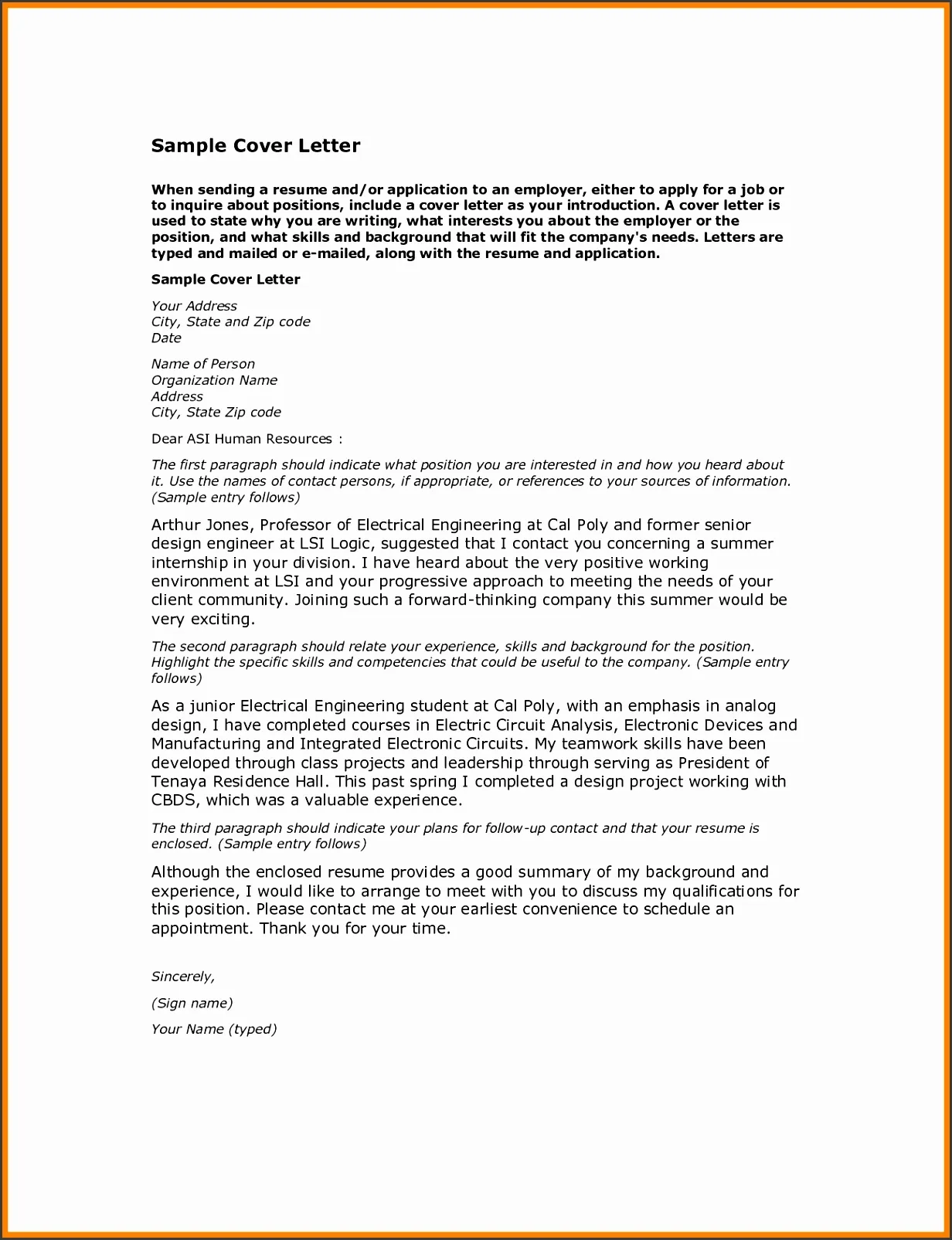
Your contact information should be at the top of the letter, typically left-aligned. Include your full name, phone number, and email address. Consider adding your LinkedIn profile URL as well. Make sure the email address is professional and the phone number is up-to-date. Accuracy is key here; you want the employer to easily reach you.
Date
Following your contact information, add the date the cover letter is being sent. The date is usually placed below your contact details, often left-aligned, but formatting preferences can vary. Ensure the date is formatted correctly to avoid any confusion. This helps in keeping track of when the application was sent.
Recipient Information
Include the recipient’s name, title, and company address. If possible, address the letter to a specific person (e.g., the hiring manager). Researching the correct contact person shows initiative. If a specific name is unavailable, use a general title like ‘Hiring Manager.’ The company’s address should be accurate for professional presentation.
Opening Paragraph of a Cover Letter
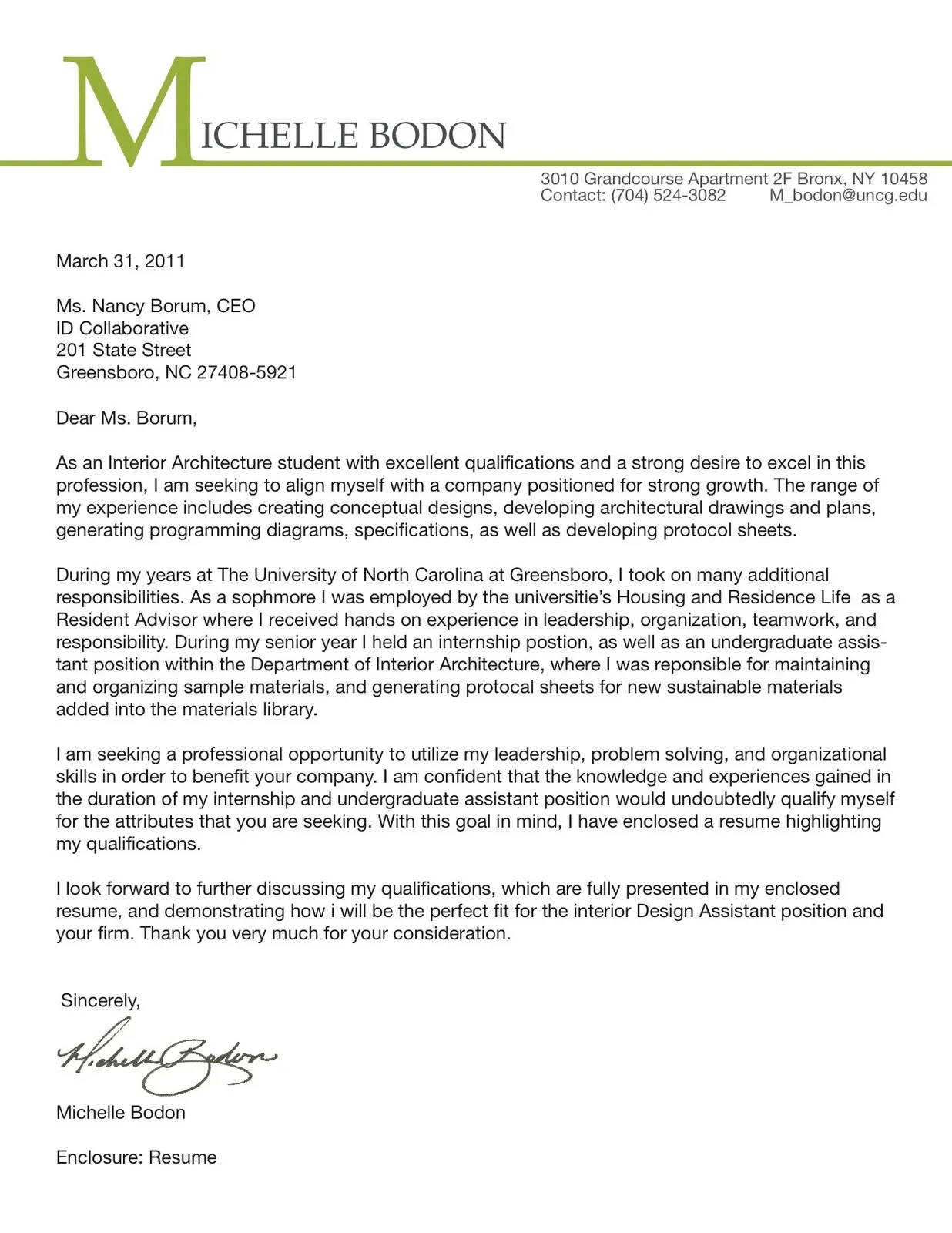
The opening paragraph is your first opportunity to grab the reader’s attention. State the position you’re applying for and how you learned about it. Briefly mention your most relevant qualification or achievement to create immediate interest. Make sure to keep it concise, enthusiastic, and clearly state your intent. It should leave the reader wanting to learn more about your application.
How to Grab the Reader’s Attention
To grab the reader’s attention, start with a compelling hook. Instead of a generic opening, try mentioning a specific achievement, referencing something you admire about the company, or expressing your enthusiasm for the role. Tailor your opening to the specific job and company. Your goal is to pique their interest and encourage them to read further. A well-crafted opening sets a positive tone and demonstrates your interest.
Body Paragraphs Highlighting Skills and Experience
The body paragraphs are where you showcase your skills and experience in detail. Focus on the requirements outlined in the job description and provide specific examples to demonstrate how you meet those requirements. Use the STAR method (Situation, Task, Action, Result) to structure your examples, showing how you handled specific challenges and the outcomes you achieved. Avoid simply repeating what’s in your CV; provide context and expand on your key accomplishments.
Tailoring Your Cover Letter to the Job Description
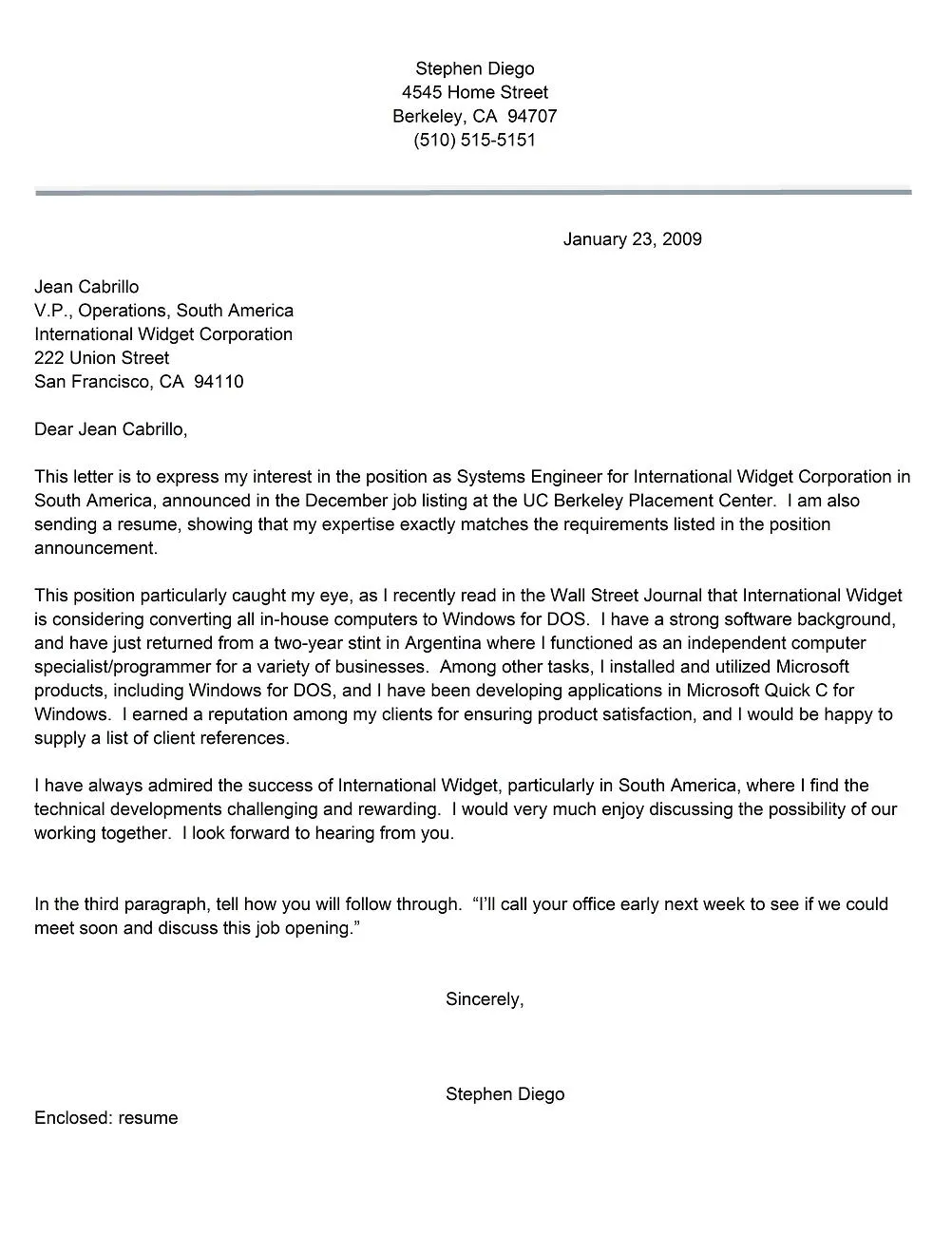
Carefully review the job description and highlight the skills and experiences that align with the requirements. Customize your cover letter to address the specific needs of the role and the company. Show the hiring manager that you understand the position and the company’s goals. This level of customization demonstrates your genuine interest and attention to detail, making you stand out from other candidates.
Showcasing Relevant Skills
Identify the key skills required for the job and provide examples of how you’ve used those skills in the past. Use action verbs to describe your accomplishments and quantify your achievements whenever possible. Instead of just listing skills, demonstrate them through specific examples. This approach makes your application more compelling and showcases your ability to perform the job effectively.
Quantifying Achievements
Whenever possible, quantify your achievements to demonstrate the impact you’ve made in previous roles. Use numbers, percentages, and specific results to highlight your accomplishments. For instance, instead of saying ‘Increased sales,’ say ‘Increased sales by 15% in one quarter.’ Quantifiable results make your achievements more credible and show the value you can bring to the company.
Closing Paragraph and Call to Action
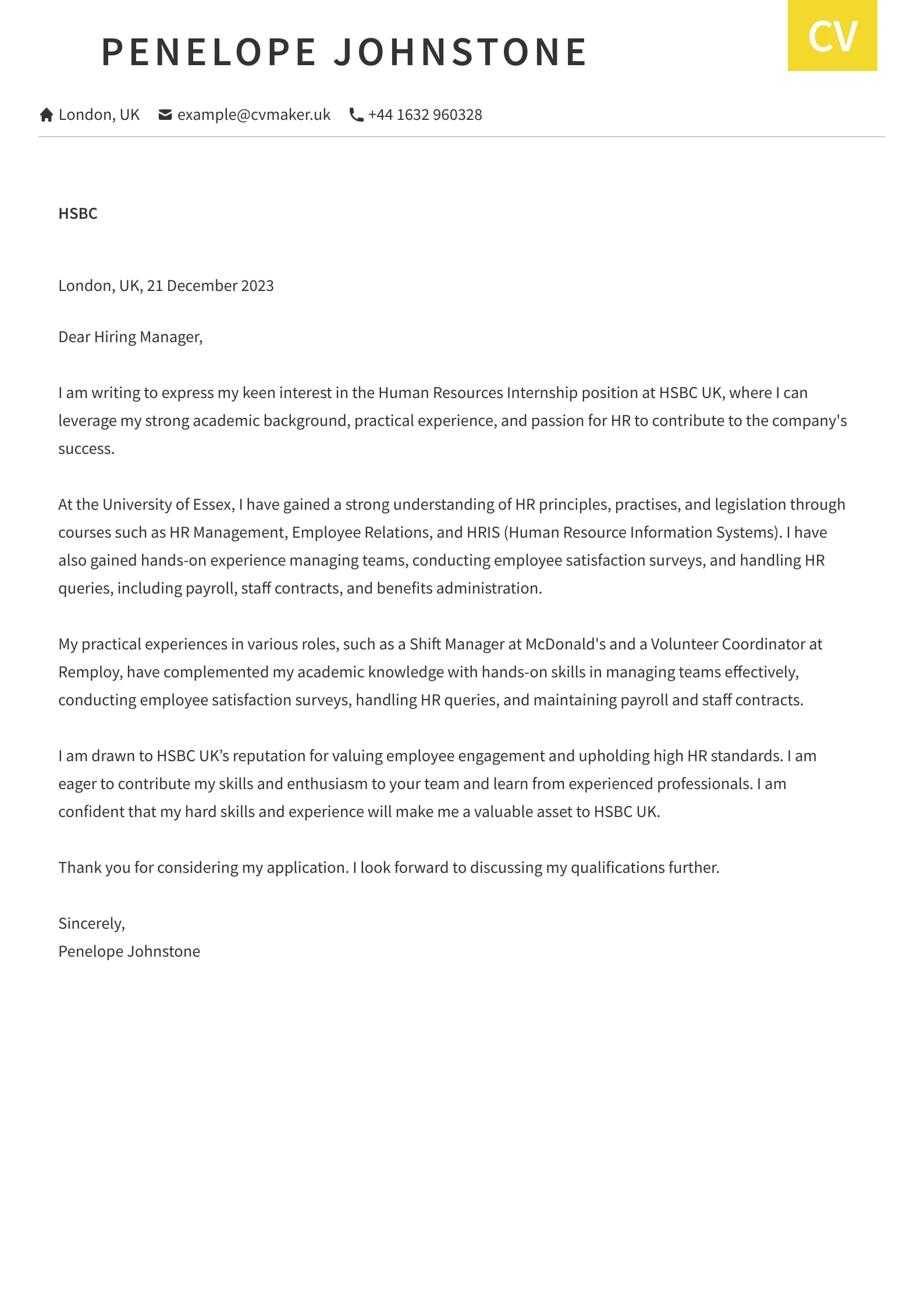
The closing paragraph should summarize your key qualifications and reiterate your interest in the position. Express your gratitude for their time and consideration, and include a clear call to action, such as requesting an interview. Make sure your closing is professional, enthusiastic, and leaves a positive impression.
Expressing Enthusiasm and Gratitude
Reiterate your enthusiasm for the opportunity and express your gratitude for the hiring manager’s time and consideration. Thank them for reviewing your application and express your hope to hear from them soon. This shows respect and leaves a positive final impression. A heartfelt closing can make a lasting impact on the reader.
Requesting an Interview
Include a clear call to action, such as requesting an interview. Express your availability and willingness to discuss your qualifications further. Make it easy for the hiring manager to take the next step. A direct call to action increases the chances of moving forward in the application process. Indicate your availability for an interview and provide your contact information.
Essential Tips for Writing a Winning Cover Letter
To write a winning cover letter, focus on clarity, conciseness, and personalization. Proofread your letter carefully, use action verbs, and format it for readability. Tailor your letter to each job application, highlighting the skills and experiences most relevant to the role. A well-written cover letter is the first step in getting your foot in the door.
Proofreading and Editing
Proofread your cover letter meticulously to eliminate any grammatical errors, typos, or inconsistencies. Errors can damage your credibility and professionalism. Read your letter aloud and have someone else review it to catch any mistakes you might have missed. Correct grammar and spelling demonstrate your attention to detail and professionalism.
Using Action Verbs
Use strong action verbs to describe your accomplishments and responsibilities. Action verbs make your cover letter more dynamic and engaging. Instead of using passive phrases, use active language to showcase your skills and experience. For example, use words like ‘managed,’ ’led,’ ‘achieved,’ ‘developed,’ and ‘implemented’ to convey your achievements effectively.
Formatting Your Cover Letter for Readability
Format your cover letter for easy readability. Use a professional font (e.g., Times New Roman, Arial, or Calibri) in a readable size (11 or 12 points). Use single spacing and a 1-inch margin on all sides. Break up long paragraphs into shorter ones to make the letter easier to scan. A well-formatted letter is easier to read and more likely to capture the hiring manager’s attention.
The Role of the CV or Resume
The CV (Curriculum Vitae) or resume provides a detailed summary of your professional and educational background. While the cover letter introduces you and highlights your key qualifications, the CV offers a comprehensive overview of your work history, skills, education, and other relevant information. Together, the cover letter and CV form a complete application package, giving the employer a full picture of your capabilities.
What to Include in Your CV
Your CV should include your contact information, a professional summary or objective (optional), your work experience, education, skills, and any additional sections such as awards, certifications, or volunteer experience. Organize the information in a clear and concise manner, using bullet points and quantifiable achievements. Ensure your CV is up-to-date and tailored to the job you’re applying for.
Formatting Your CV
Format your CV to be easy to read and visually appealing. Use a clean and professional font, consistent formatting, and plenty of white space. Organize your information logically, with clear headings and subheadings. Consider using a template to ensure a consistent and professional look. Ensure the format is compatible with Applicant Tracking Systems (ATS) to avoid any issues during the application process. Make sure it is easy to scan.
Combining Cover Letter and CV Best Practices
To maximize your chances of success, ensure that your cover letter and CV work together seamlessly. Tailor both documents to the specific job description, highlight the most relevant skills and experiences, and maintain consistency in design and tone. A cohesive application package shows professionalism and attention to detail.
Matching Your Cover Letter to Your CV
Your cover letter should complement your CV, highlighting key skills and experiences mentioned in your resume. Don’t simply repeat information from your CV; instead, expand on your accomplishments and provide context. Use your cover letter to explain any gaps in your work history and demonstrate how your skills and experience align with the job requirements.
Maintaining Consistency in Design and Tone
Maintain consistency in the design and tone of your cover letter and CV. Use the same font, style, and overall layout to create a cohesive and professional application package. Ensure the tone of your cover letter matches the tone of your CV. This consistency reinforces your attention to detail and creates a positive impression on the employer.
Examples of Winning Cover Letters and CVs
Reviewing examples of successful cover letters and CVs can help you understand best practices and get inspiration for your own documents. Look for examples that are tailored to specific roles and industries, and analyze how the writers highlight their skills and experience. Tailor your cover letter to match the style of the company you are applying to, but it is always better to keep the professional look.
Cover Letter Example
Here’s a basic cover letter example to get you started:
[Your Name] [Your Address] [Your Phone Number] [Your Email]
[Date]
[Hiring Manager Name (if known), or Hiring Manager] [Company Name] [Company Address]
Dear [Mr./Ms./Mx. Last Name or Hiring Manager],
I am writing to express my keen interest in the [Job Title] position at [Company Name], as advertised on [Platform]. With [Number] years of experience in [Industry/Field], I am confident that my skills and qualifications align perfectly with the requirements of this role.
In my previous role at [Previous Company], I was responsible for [Key responsibilities]. My key accomplishments include [achievement 1] and [achievement 2], which resulted in [positive outcome]. I am particularly drawn to [Company Name]’s commitment to [Company Value], and I believe my skills in [Skill 1] and [Skill 2] would enable me to make a significant contribution to your team.
I am eager to learn more about this opportunity and discuss how my experience can benefit your company. Thank you for your time and consideration. I look forward to hearing from you soon.
Sincerely, [Your Name]
CV Example
Here’s a basic CV example structure:
[Your Name] [Your Phone Number] | [Your Email] | [Your LinkedIn Profile URL (Optional)]
Summary/Objective (Optional) – A brief overview of your skills and career goals.
Work Experience – List your jobs in reverse chronological order: [Job Title] – [Company Name], [Dates of Employment] [Responsibilities and Achievements (Use bullet points and action verbs)]
Education – List your educational qualifications: [Degree Name] – [University Name], [Graduation Year]
Skills – List relevant skills (e.g., technical skills, soft skills).
Additional Sections (Optional) – Awards, certifications, volunteer experience, etc.
